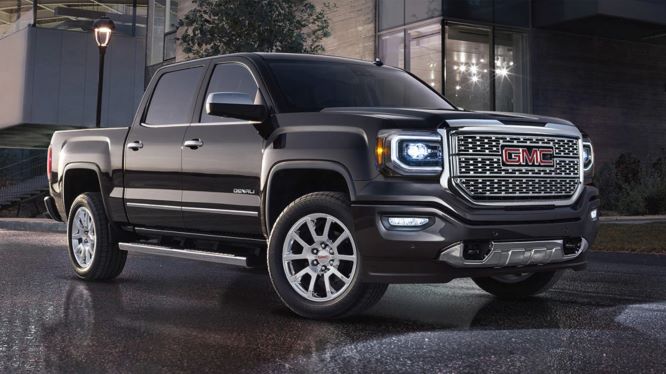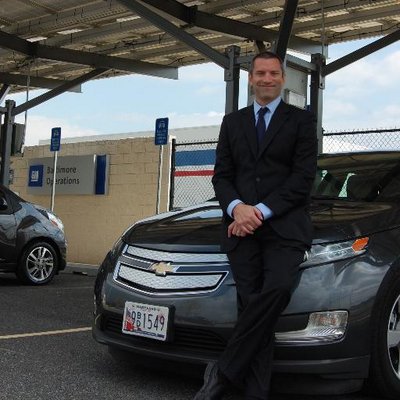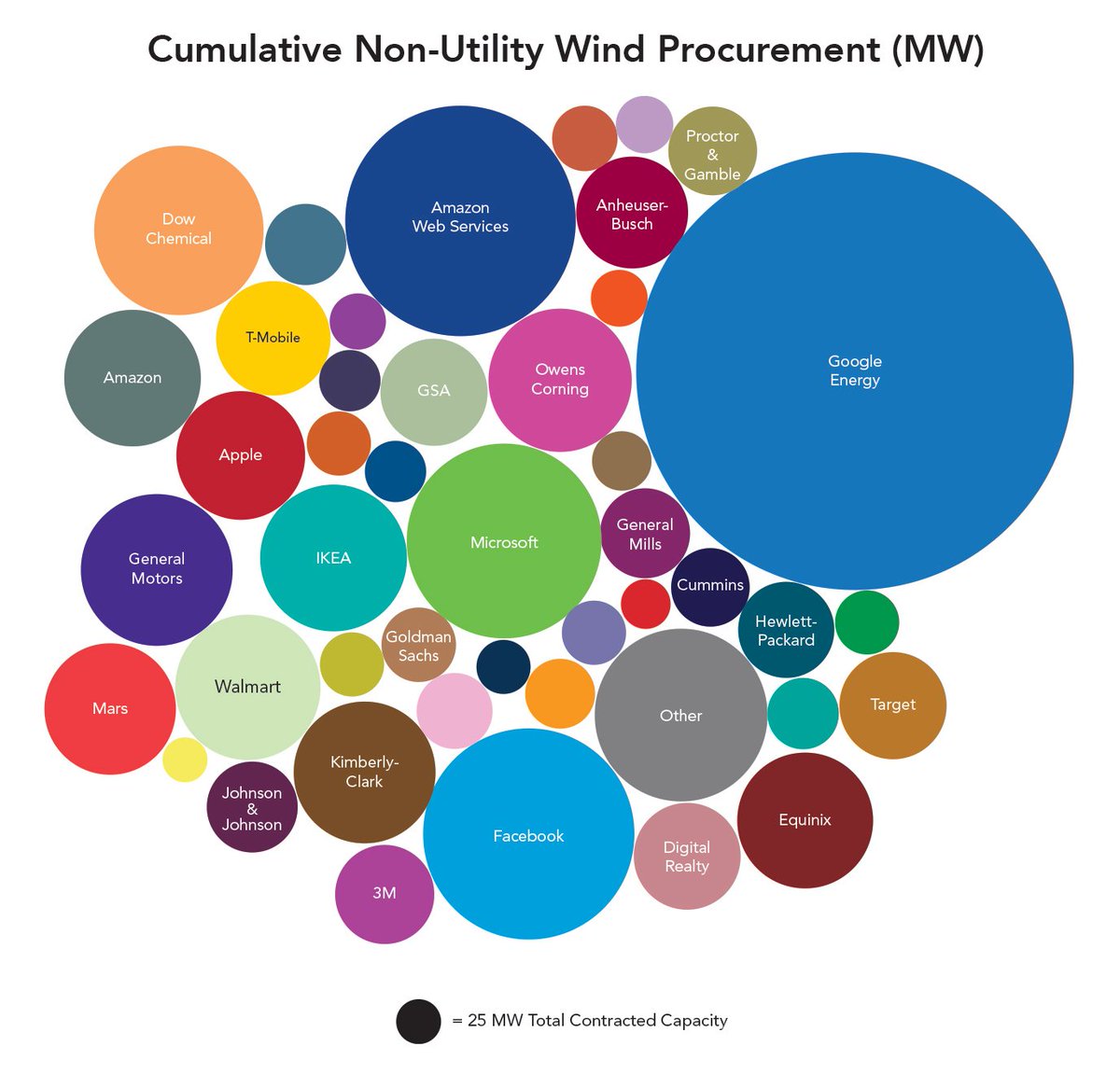General Motors To Use Wind Power To Build Pickups and SUVs in US
 GM SUVs and Pickups to be powered by Wind soon
GM SUVs and Pickups to be powered by Wind soon
GM, an American multinational corporation headquartered in Detroit, ranked 76 out of 100 of the largest green power users by the U.S. Environmental Protection Agency. General Motors has partnered with CMS Enterprises, to fulfil its electricity needs from the wind farms to power its manufacturing of SUVs and pickups in US. GM operations in Ohio and Indiana manufactures vehicles like the Chevy Cruze, Chevy Silverado and GMC Sierra.
According to a GM statement it will reach 20 percent of that goal by year-end, the automaker said on Oct 8.

“We do want to be known as a green company; that’s one of the key reasons we’re doing this as well as for price stability,” Rob Threlkeld, GM’s global manager of renewable energy said. “You don’t get the price spikes this way, like you do with fuel, and it reduces the environment footprint of the vehicle you’re driving.”
GM’s latest efforts target wind farms in Ohio, Illinois and Texas. Cactus Flats Wind Farm in Texas went into operation on Tuesday, Oct 9. The 148-megawatt facility will power GM’s assembly plant in Arlington, Texas. In Texas, GM builds the Chevrolet Tahoe, Chevrolet Suburban, GMC Yukon, GMC Yukon XL and Cadillac Escalade.
Northwest Ohio Wind Farm went into operation Oct. 1, generating 100 megawatts of power to meet the demand of GM’s manufacturing operations in Ohio and Indiana.
In December, HillTopper Wind Farm in Illinois will come online to generate another 100 megawatts of power for operations in Ohio and Indiana.
![]() “Ohio and Texas are deregulated markets, so you can buy electricity from any resource there,” Threlkeld said. “Wind and solar are the lowest cost resource. We’re buying into long-term contracts that have no fuel components, so we can put price stability in the cost to build these vehicles.”
“Ohio and Texas are deregulated markets, so you can buy electricity from any resource there,” Threlkeld said. “Wind and solar are the lowest cost resource. We’re buying into long-term contracts that have no fuel components, so we can put price stability in the cost to build these vehicles.”
The energy sourced from Cactus Flats along with power procured from the Los Mirasoles Wind Farm, also in Texas, will meet 100 percent of the electricity demand of 16 GM offices and facilities and more than 10,000 GM and GM subsidiary employees across Texas and the southeast, Threlkeld added.
“Manufacturing plants are the biggest use of energy for us,” Threlkeld said. “The paint shops are huge users of energy. The traditional paint shop uses an average of 60 to 70 percent of the plant’s total energy consumption.”
Threlkeld said a typical assembly plant requires 120 million to 220 million kilowatt hours of energy to operate each year. The wind project is now owned by CMS Energy’s subsidiary CMS Enterprises after a deal in June this year is expected to produce about 320,000 MWh a year, which is enough to power more than 30,000 Ohio homes, according to CMS Energy estimates. The renewable energy credits from the facility will go to General Motors under a 15-year renewable energy purchase agreement. This will help offset carbon emissions from seven Midwestern plants of the carmaker.
According to CMS estimates, a typical U.S. household uses 10,000 kilowatt hours of energy a year.
GM plans to power all of its global operations with renewable energy by 2050. This week, the automaker was ranked 76 on the EPA’s “National Top 100 List” of green manufacturers. It was the only automotive company listed.
“The list of the largest users of green power across the nation is proof that good business practices can also benefit the environment,” said James Critchfield, program manager of the EPA’s Green Power Partnership. “EPA applauds the leading organizations in the Green Power Partnership’s Top Partner Rankings for their notable commitment to expanding their use of green power and protecting the environment.”
In 2018, GM was the only automaker named to the Dow Jones Sustainability North American Index for the fourth consecutive year and the World Index for the second year. The company shares best practices in renewable energy strategies with other companies and organisations so they too can reduce risk and energy costs.





